Holiday Help
Hold on tight. They’re coming. The sales, the lines, the commercials. Under modern capitalism Thanksgiving and Christmas, once sacred days to slow down and spend quality time with family and friends, have instead become over-the-top occasions for families to speed up the spending.
If one looks beyond the mall Santas and PlayStation®4 advertisements, however, it’s still possible to find the original purpose of the season. Sharing. Caring. Giving. Living, not apart, but together. Our society is made up of many contributors, all dependent on others. We should strive to give back just a little bit more than we take out. Ready to chip in? Read on.
Casa de los Niños, for example, could use you. As one of the first crisis nurseries in the United States, for 40 years they have tirelessly worked towards a world where children are safe from abuse and neglect; they don’t intend to stop any time soon! Casa de los Niños’ donation needs include: new or gently used children’s clothing and shoes, new toys, new books, diapers, formula, volunteers, and more. Financial philanthropy is also appreciated. To donate by phone, call (520) 624-5600. Visit CasaDeLosNinos.org to learn more about their prevention, intervention and treatment services, along with more donation items they would graciously accept.
“Never doubt that a small group of thoughtful, committed citizens can make a difference; indeed, it is the only thing that ever has.” – Margaret Mead
 Habitat for Humanity Tucson’s motto is “give a hand up, not a handout.” They don’t just build homes, they build hope. You can get involved by volunteering at construction sites, neighborhood improvement projects, or taking a shift at the HabiStore, 935 W. Grant Rd., pricing merchandise and assisting customers (it’s like a community-focused Home Depot). A one-hour volunteer orientation at Habitat For Humanity Tucson’s 3501 N. Mountain Ave. office is required; sign up online at HabitatTucson.org.
Habitat for Humanity Tucson’s motto is “give a hand up, not a handout.” They don’t just build homes, they build hope. You can get involved by volunteering at construction sites, neighborhood improvement projects, or taking a shift at the HabiStore, 935 W. Grant Rd., pricing merchandise and assisting customers (it’s like a community-focused Home Depot). A one-hour volunteer orientation at Habitat For Humanity Tucson’s 3501 N. Mountain Ave. office is required; sign up online at HabitatTucson.org.
“Service to a just cause rewards the worker with more real happiness and satisfaction than any other venture in life.”
– Carrie Chapman Catt
The Salvation Army Tucson operates a 91-bed Hospitality House Shelter downtown with laundry, dining, referral and activity services and showers for those in need. There are many ways to give: monetarily, by volunteering, donating goods and/or shopping in Salvation Army thrift stores. Non-perishable food items are accepted at 1021 N. 11th Ave. Eighty cents of each dollar spent by the Salvation Army goes directly towards services for needy recipients. SalvationArmyTucson.org has details about their Tucson Christmas Assistance Programs, including an Adopt-A-Family application form.
“The highest of distinctions is service to others.” – King George IV
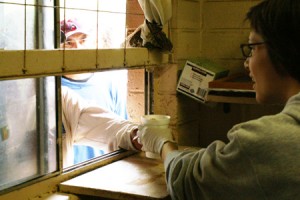
UA student Caitlin Sanford, 20, passes out soup from South Tucson’s Casa Maria in 2010.
Photo: Jamie Manser
Casa Maria is a Catholic worker community in Tucson, practicing acts of kindness and works of mercy in the name of liberty, social justice and peace. Casa Maria’s soup kitchen at 352 E. 25th St. serves meals daily, and can always use people from 8:30-11:30 a.m. to chop vegetables, prepare sandwiches and bag lunches. If you’ve got a busy schedule and are short on time (who isn’t these days?) you might consider donating clothing, food or hygiene items. Blankets, sleeping bags, toothpaste and towels are just a few of the supplies needed. You can also make a donation via PayPal at CasaMariaTucson.org.
“The generous will themselves be blessed, for they share their food with the poor.” (Proverbs 22:9)
Tucson Homicide Survivors, Inc. is a nonprofit assistance program for the families of homicide victims, committed to guaranteeing that “no one has to endure the murder of a loved one alone.” They provide free of charge a survivor support crisis line, home visits, grief counseling, and legal advocacy among other services. HSI can use your help with office work, staffing tables at events and other activities. Volunteer opportunity forms are online at AZHomicideSurvivors.org.
Of course, there are a myriad of other local non-profits that are in need of volunteering help, fiscal and other donations – such as the Community Food Bank, Big Brothers Big Sisters of Tucson, Primavera Foundation, Tu Nidito Children & Family Services, and countless more. Visit the Volunteer Center at United Way of Tucson and Southern Arizona’s website at VolunteerSOAZ.org for a comprehensive list.
“Those who are happiest are those who do the most for others.”- Mahatma Gandhi


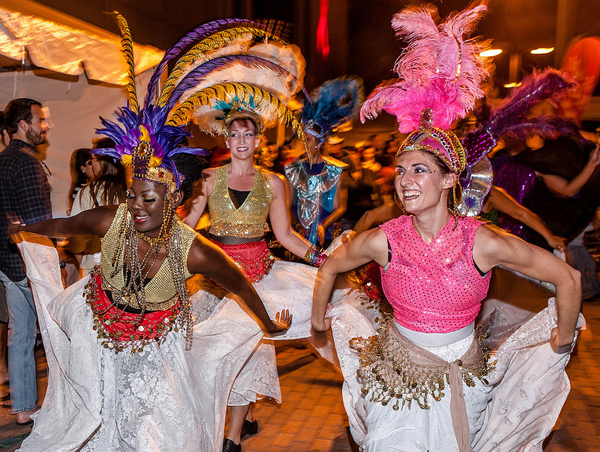
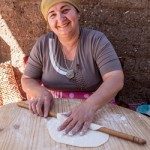
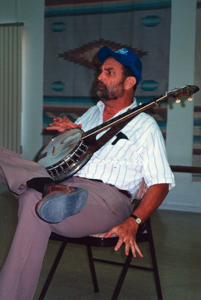

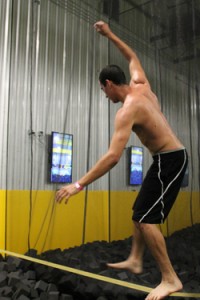



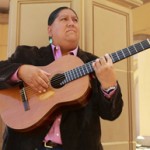

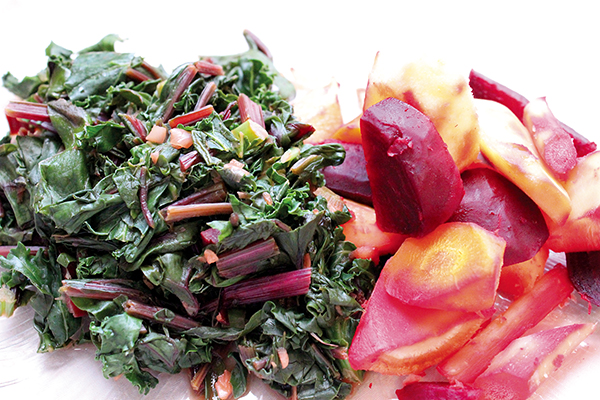 As recent transplants from downtown to mid-town, Dan and I were delighted to discover The Loft’s Saturday farmers’ market, just minutes away via vehicle or bike from our new Blenman-Elm ‘hood. In late-April, we went on a morning harvesting expedition to cull together locally grown, organic produce. The goal was to create a tasty, seasonal lunch that was packed full of mouth-watering nutrition.
As recent transplants from downtown to mid-town, Dan and I were delighted to discover The Loft’s Saturday farmers’ market, just minutes away via vehicle or bike from our new Blenman-Elm ‘hood. In late-April, we went on a morning harvesting expedition to cull together locally grown, organic produce. The goal was to create a tasty, seasonal lunch that was packed full of mouth-watering nutrition.

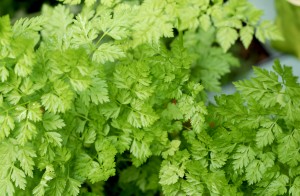
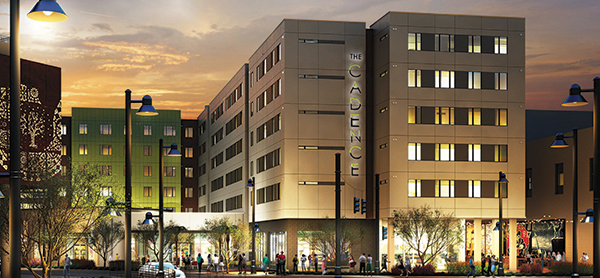 While construction swiftly proceeds for The Cadence student housing project, a leasing office, located at 218 N. 4th Ave., has already been open since the end of September signing University of Arizona students up at the 456-bed complex for the Fall 2013 semester, including 99 apartments with 167 beds on the Centro Garage.
While construction swiftly proceeds for The Cadence student housing project, a leasing office, located at 218 N. 4th Ave., has already been open since the end of September signing University of Arizona students up at the 456-bed complex for the Fall 2013 semester, including 99 apartments with 167 beds on the Centro Garage.



Also find us on...